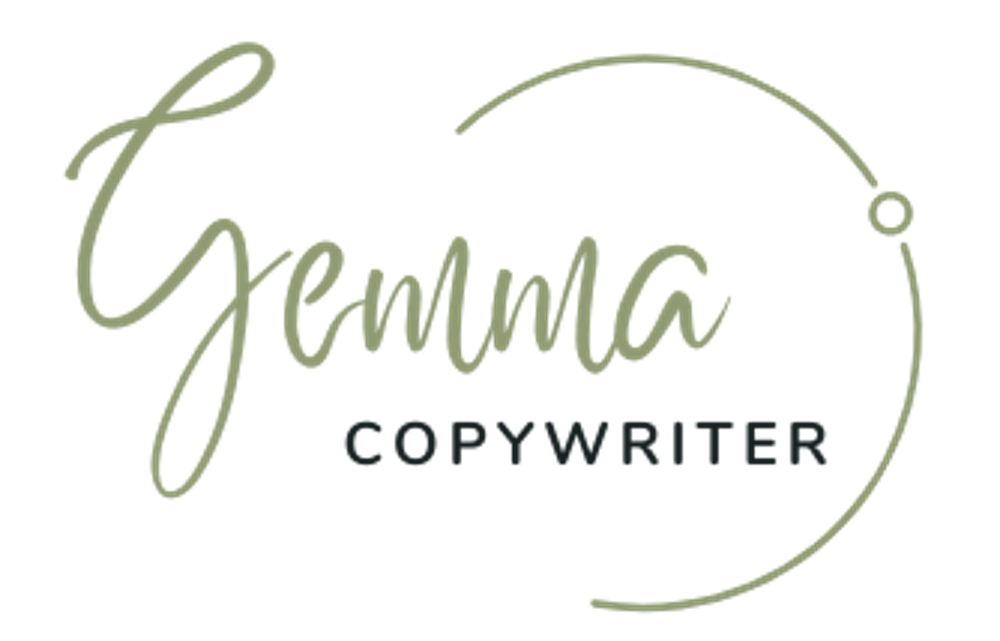Do your product features LURE or BORE?
When it comes to promoting your product features across your website, there are a myriad of ways to stuff it up, but just a few ways to get it right.
In case you’re unsure, product features are the proof points that make your products and services stand out above the competition. What make them unique and special. But so often, businesses get it wrong. They communicate their products and services across their product and landing pages in damaging and confusing ways, failing to truly sell the benefits and convert leads into paying customers.
The biggest mistakes?
Benefit/feature overload.
Rightly, you’re proud of your product and its three gazillion features. I mean, the more features the better, right?
Not exactly.
The problem is, when you promote all your product features simultaneously across your landing page, you create one long ramble of content that’s confusing, boring and likely to lose people’s attention.
Highlighting the wrong features.
In this case, you promote the features you think are the most important ones and the features your customers truly care about get buried down the bottom of the page. And the truth is, there are probably only one or two they actually care about – the rest are bonuses.
So, which product features do you promote?
The secret is picking the features that convert the most.
To do this, you need to find out which features your customers care most about. Not just a few customers – get feedback from as many customers as you can.
The tricky part is asking the right questions. Open ended questions tend to prompt random answers that are difficult to interpret and collate. Multiple choice questions can be more helpful, because you can tally up the most popular responses. The purpose is to gain a deeper understanding of your customers and the reasons behind their purchasing decisions.
Your questions may include things like:
What first prompted you to buy/use our product/service?
What solution did our product/service provide to you?
Why did you stop using our product/service?
Which of the following features are most important to you? (Number in order of priority)
If you’re looking for a tool to help, Typeform is free and great for compiling surveys, picking questions and analysing results.
Do a survey (although don’t call it a survey).
These days, people are busy – the word ‘survey’ can make them squeamish. But they’re also kind of keen to give out opinions and share advice about products they use. If you have an email database of customers – this is the time to use it and ask for their much-valued help.
If not, perhaps you have a decent size Facebook following? In which case, you could conduct a Facebook poll. These are limited from a research point of view and you can generally only ask one multiple-choice question per poll. However, it can be handy to research which of your product features people like best.
Either way, you want a decent number of responses to make the data meaningful. It’s a simple matter of calculating the popularity votes.
What about all the other product features?
So, you now have your most popular product features. These are the ones you promote at the top of your product or landing page – use these to connect with consumers and draw them in.
But just because the others aren’t top of the list, doesn’t mean you can’t mention them. It’s about introducing them further down the page as added incentives. That extra nudge to convince consumers still in decision phase that your product or service is right for them (and is better than its competition).
Take Xero for example, they list their additional features half way down the page under the header, “Popular features that will change your life”.
And Weebly list theirs under “Features to start, sell and grow”.
It’s about having a system and structure to your product or landing page. One that’s easy to navigate, taking your customer journey into consideration. The most relevant features lure them in. They scroll down exploring further and discover there’s more to your product or service than first meets the eye. You address their concerns and doubts and prove that your product or service is worthy of their investment. You include strong call to actions (like ‘Buy now’) throughout your content to entice response.
By the end of the page (or hopefully well before), you have consumers convinced and you seal the deal.



